Tourist Attractions
Tourist Attractions
Daegu
Seomun Market
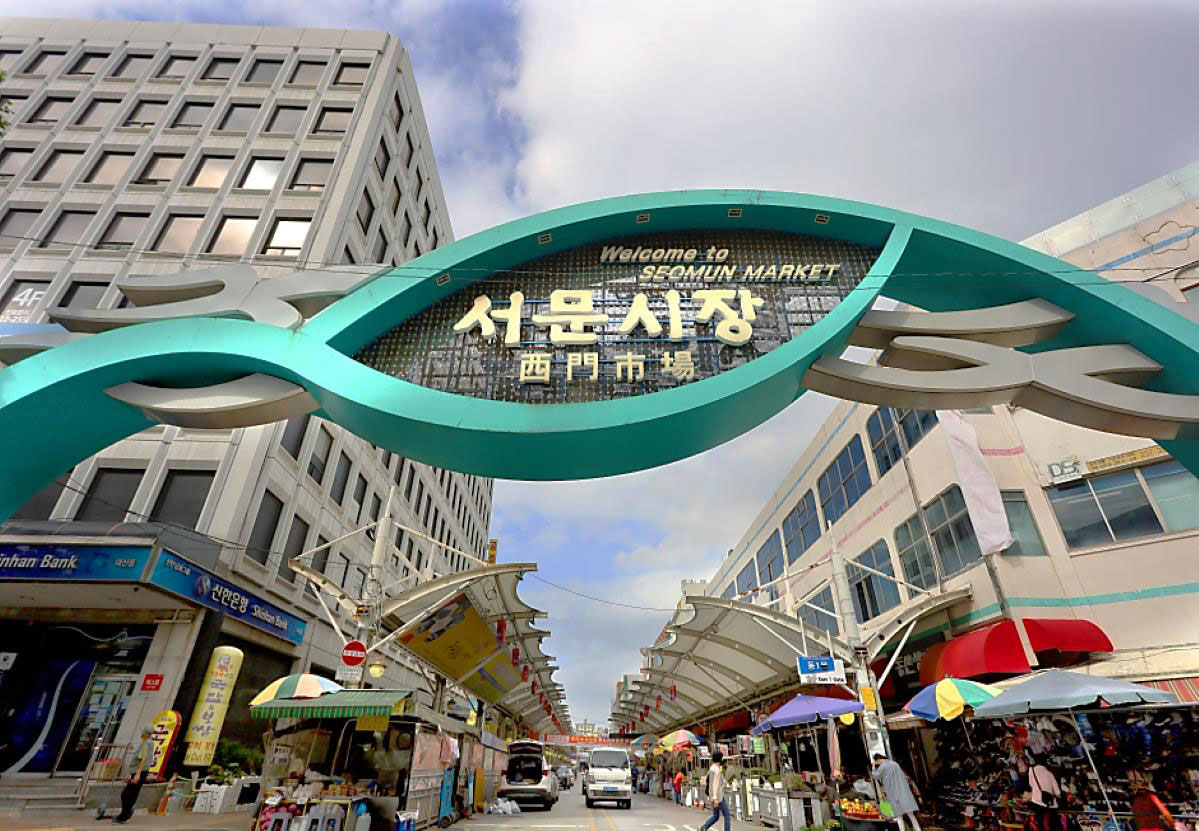
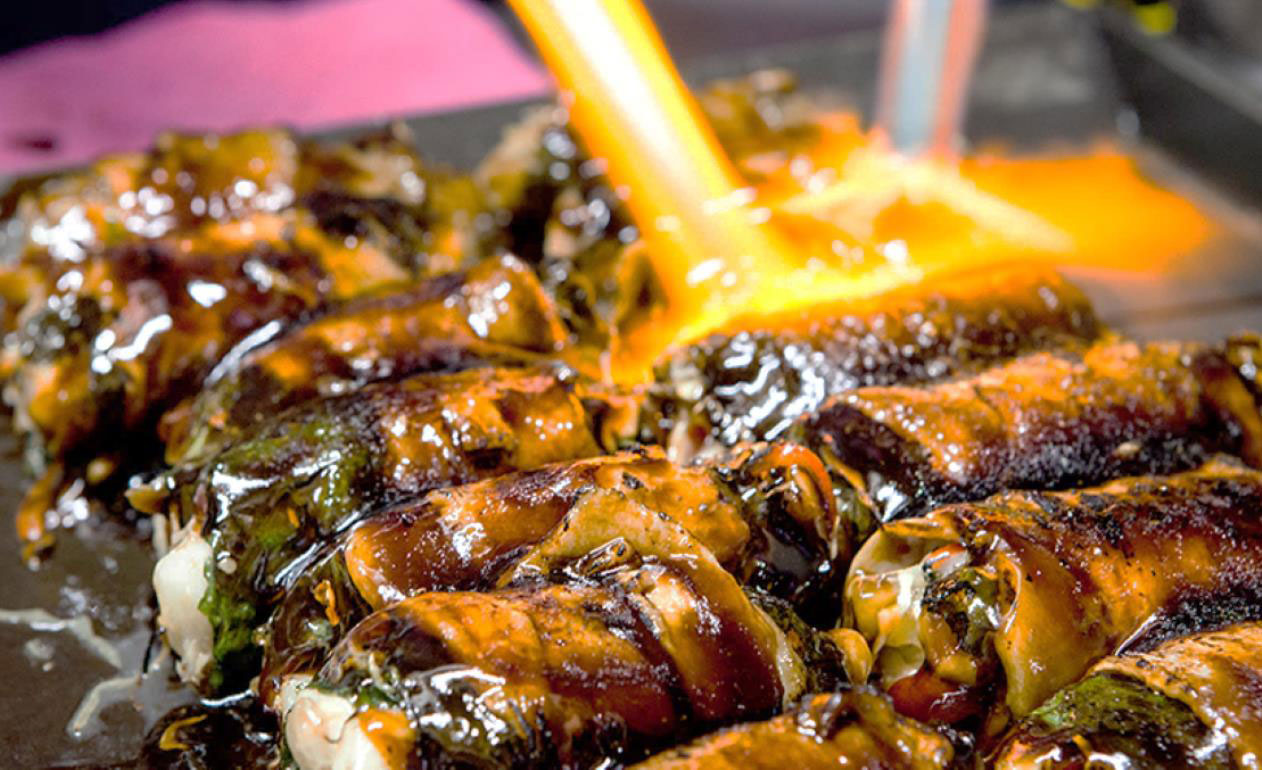
Seomun Market is the largest market in the city, with 4,000 stores that feature all sorts of goods from household items, to fresh produce, and ready-to-eat food. The atmosphere is bustling, and the people are friendly, making it an exciting place to spend an afternoon.
Seomun Night Market stretches over 350 meters and features over 80 kiosks selling a variety of food and goods. It offers a magical experience with diverse food to eat, sights to see, and entertainment to enjoy, unfolding all year round.
More InformationModern Cultural Alley

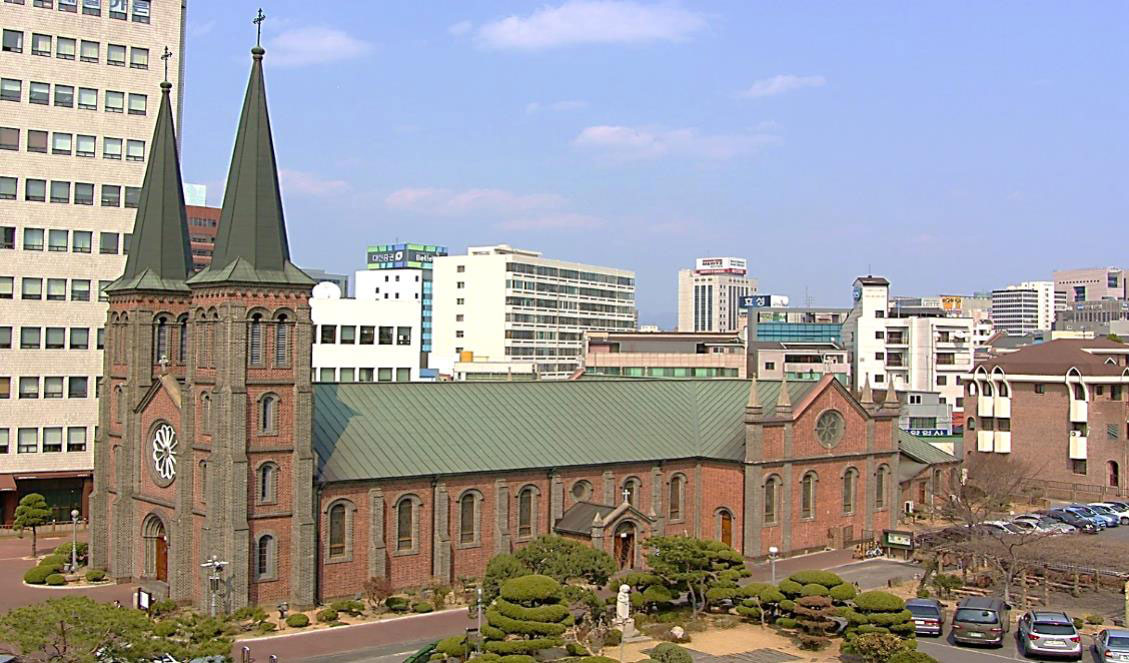
Daegu Modern History Street offers an experience trip to see the modern history that lives on in the alleyways of Daegu.
Compared to other regions, Daegu suffered less damage during the Korean War, allowing the city to clearly show the changes that happened from before and after the war. The course includes locations that were important venues of historical moments from the previous generations.
More InformationDonghwasa Temple
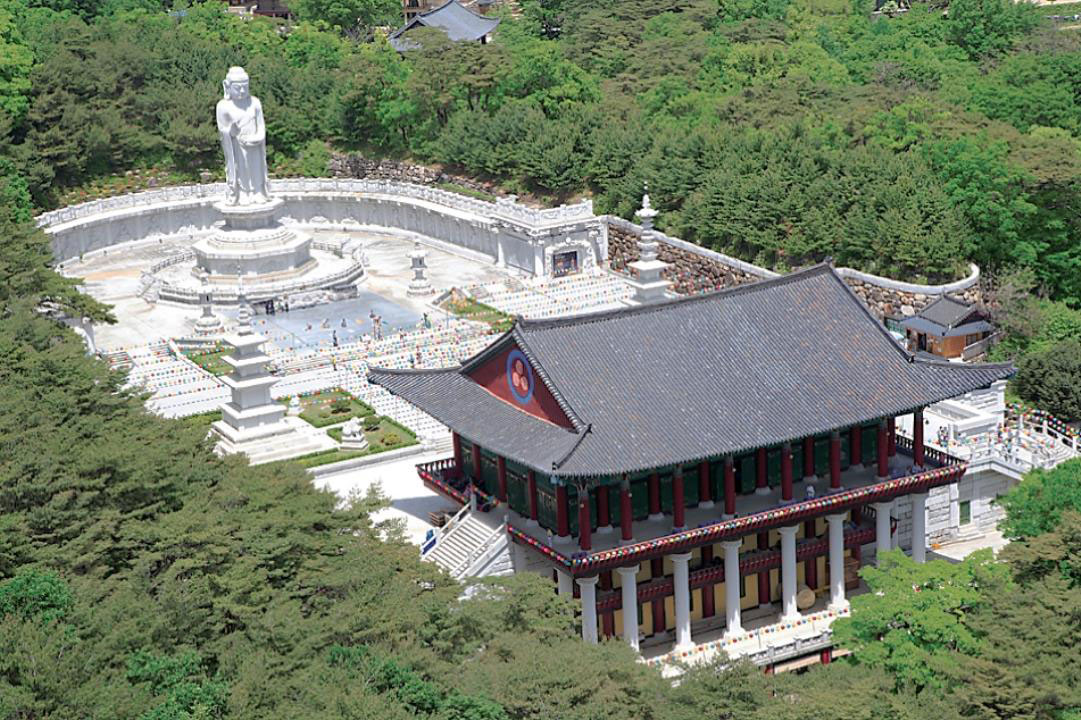
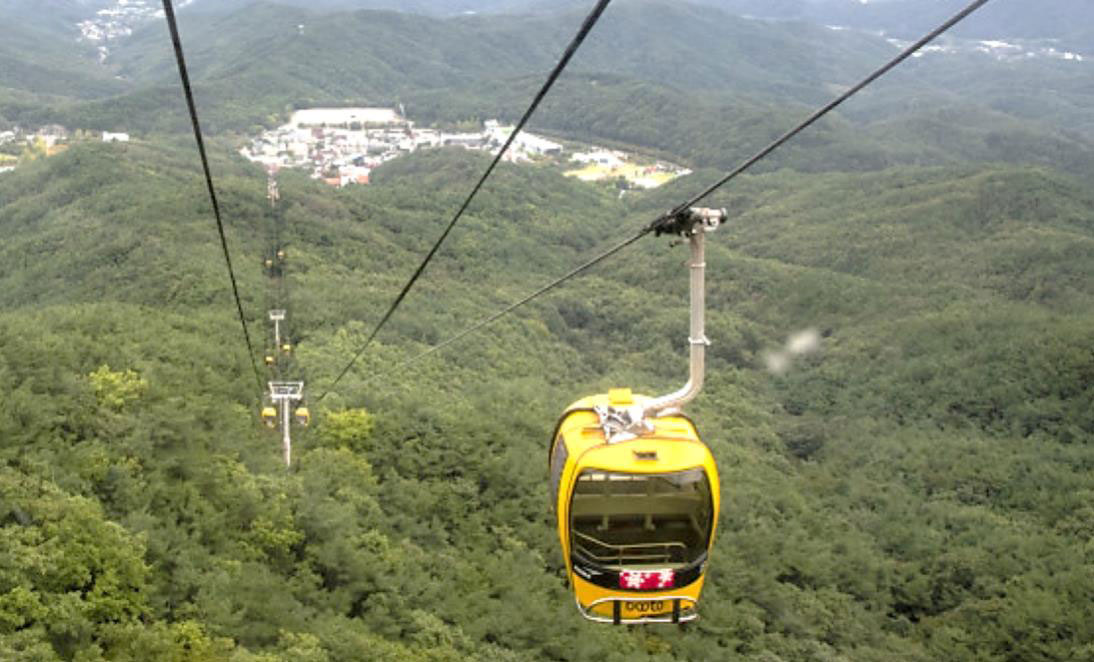
Donghwasa is located in a place that looks like the phoenix brooding on her egg. It is very good place for make-a-wish.
With the massive, world-class stone statue of YaksaYeoraeDaebul on the top of the list, there are several other important treasures and cultural properties in the temple. As one of the most prominent sacred grounds in the east, it has also been designated as one of the ten most popular tourist attractions. As this Buddha statue is open 24 hours per day, all year around, it has become a practicing ground that it never closes.
More InformationYangnyeongsi Herbal Medicine Market
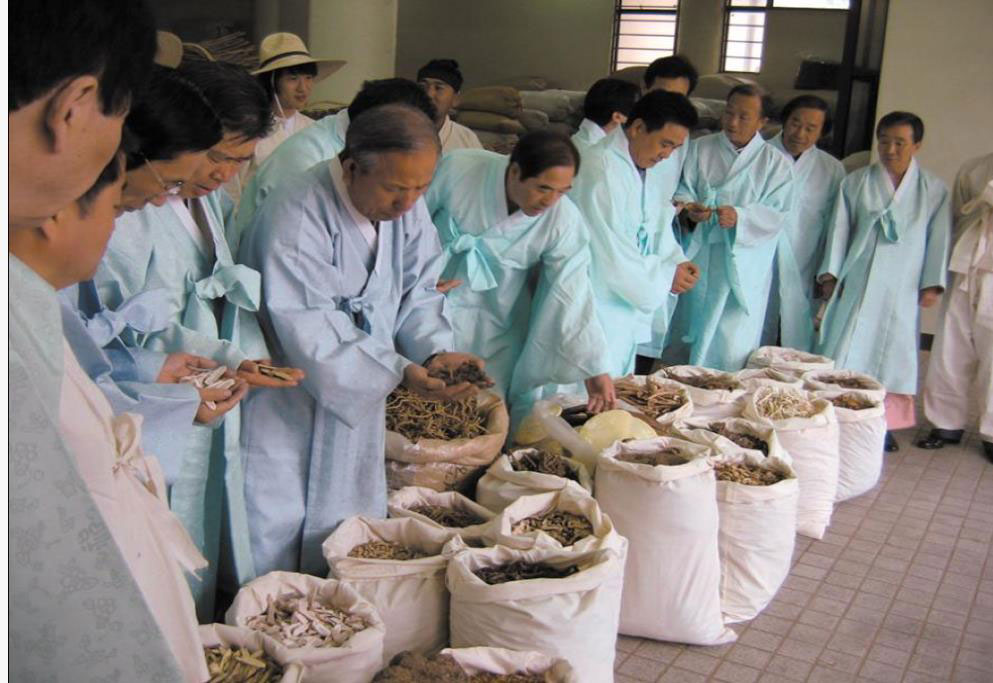
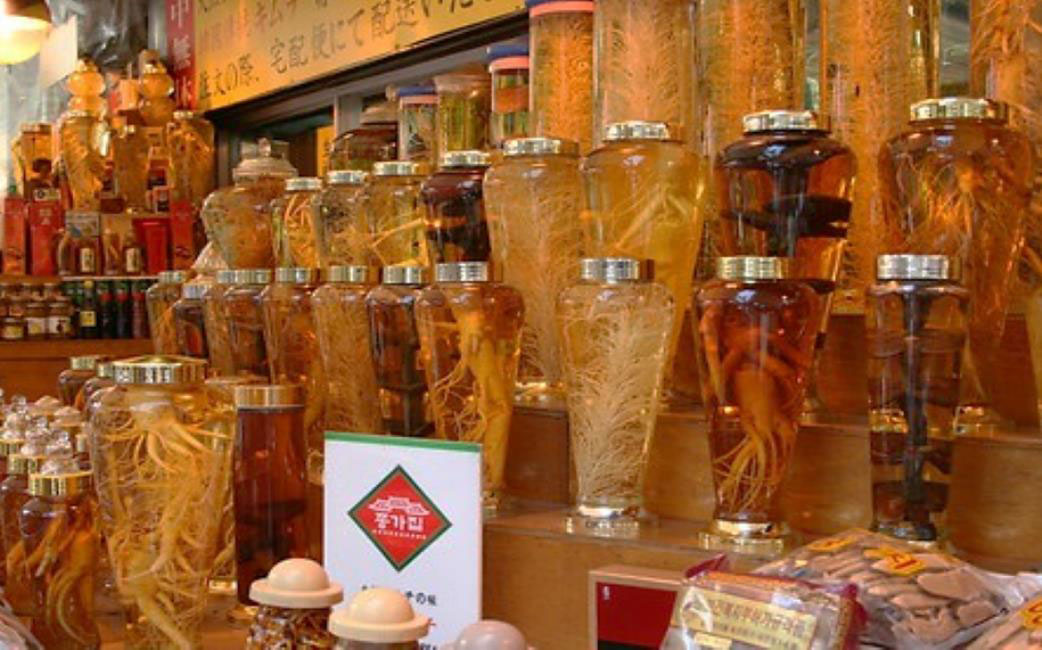
It is a major herbal medicine market specializing in the practices of Oriental medicine. This 700-meter-long street encapsulates the tradition of Korea's oriental medicine, housing 56 pharmacies, 24 clinics, 76 wholesalers of ingredients, 20 ginseng stores, and 150 medicine brewery shops.
On this street, visitors can experience oriental medical treatments such as herbal medicine or acupuncture and purchase first-class medicines at reasonable prices.
More InformationSuseongmot Lake
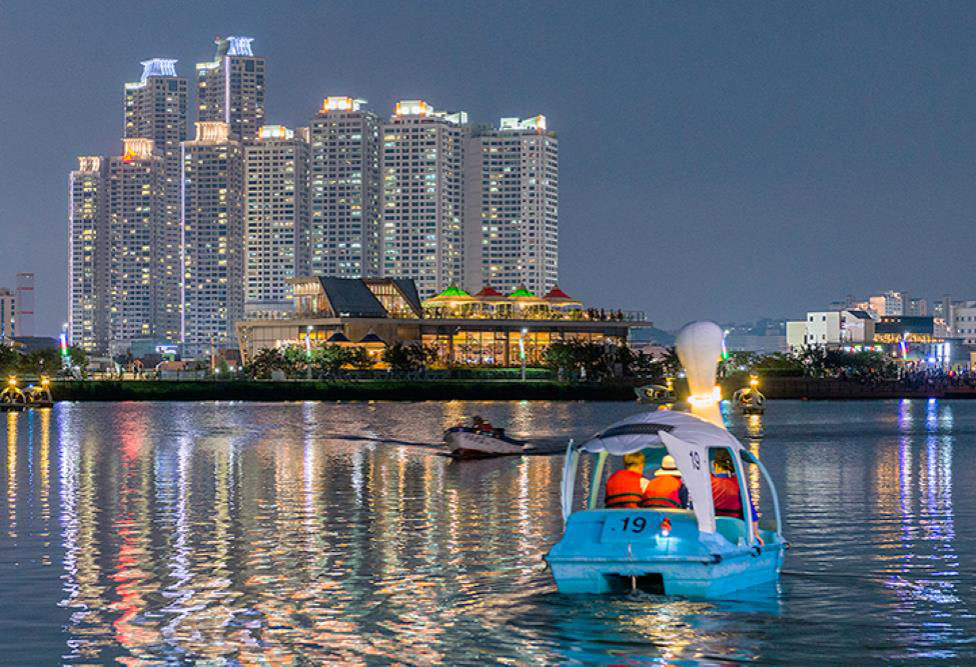
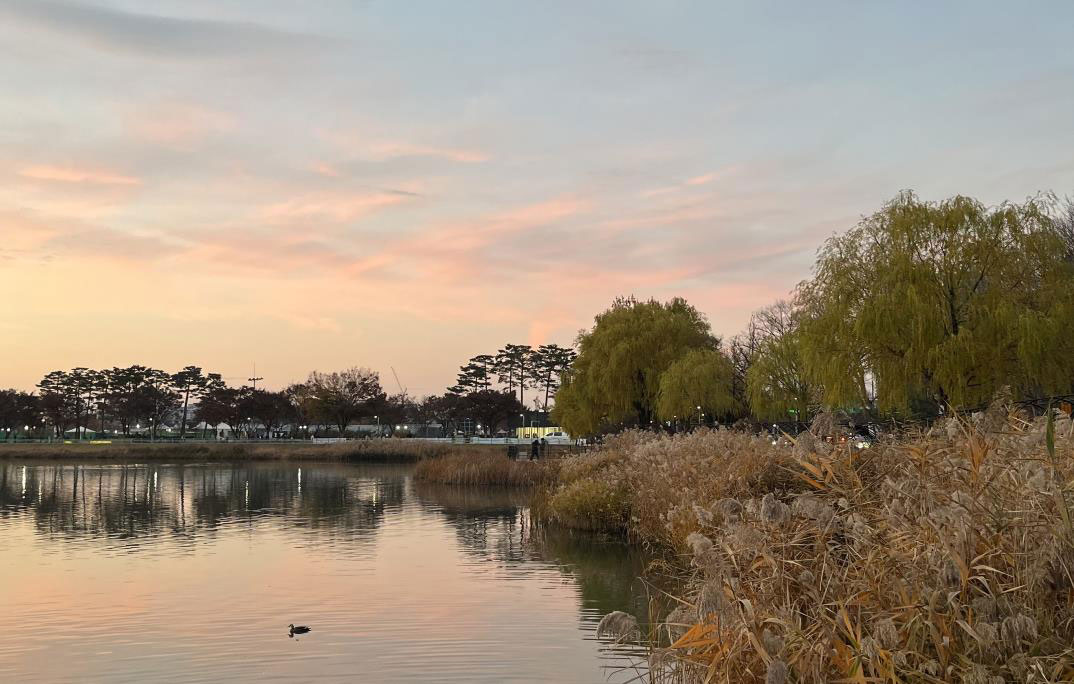
Suseongmot Lake is an artificial lake created in 1925 during the Japanese colonial period to supply water for agriculture to rural areas. Today, it has been turned into a resting area.
Nearby the lake is Suseong Land which houses benches, walking paths, a ferry dock, and entertainment facilities such as a Viking ship, bumper cars, and merry-go-round. In addition, visitors can enjoy a duck boat ride, view of Dusanpokpo Falls and other exciting places perfect for excursions. The lake has a music fountain that operates four times a day from May to October.
More InformationFor more information on Daegu tourism, please visit the following website.
Gyeongju
Seokguram Grotto
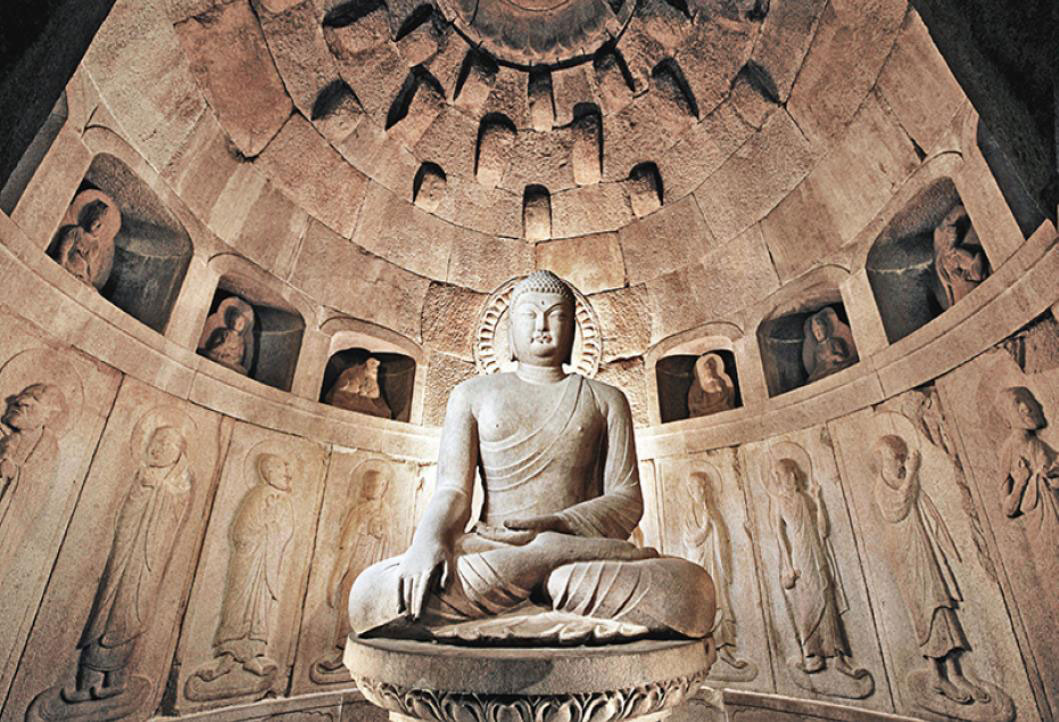
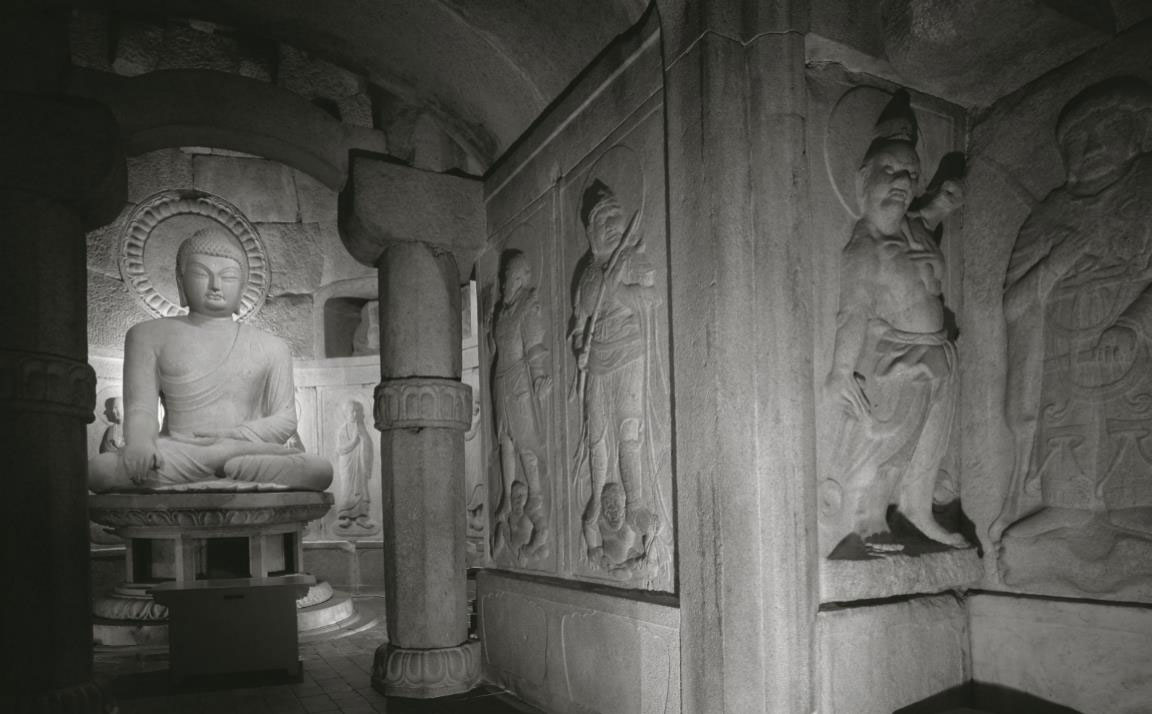
It is a rock cave temple on Mount Toham, 565 meters above sea level in an area with a clear view of the sunrise to express the moment of Buddha’s enlightenment.
Unlike other stone cave temples that were usually made by digging out natural rocks, Seokguram Grotto is a man-made cave that was assembled from pieces of granite. It was registered with the UNESCO as a world cultural heritage in December 1995.
More InformationBulguksa Temple
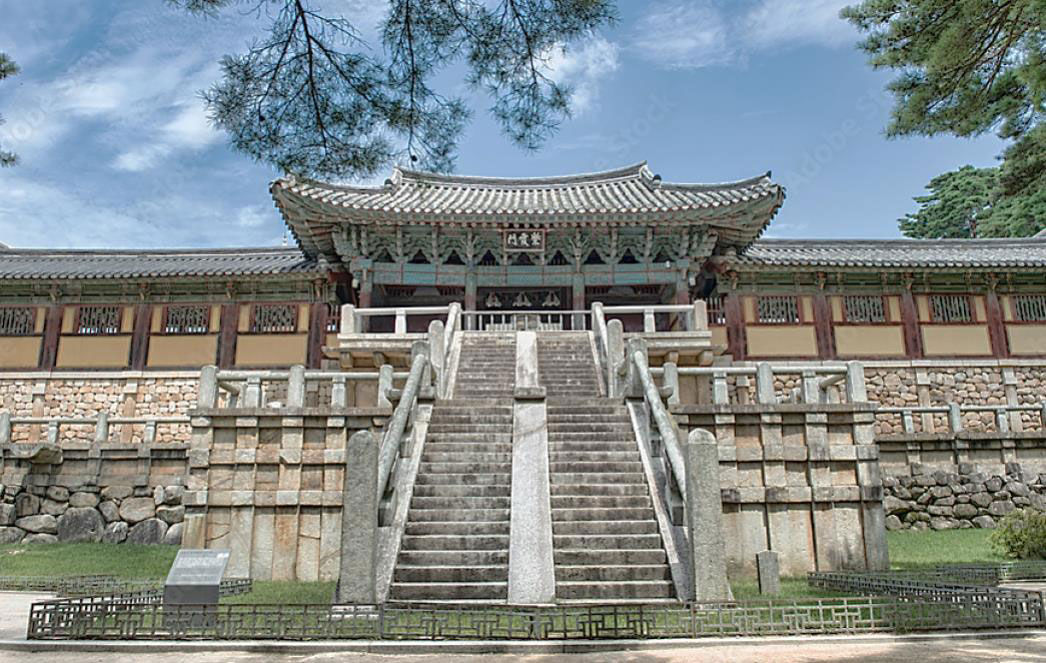
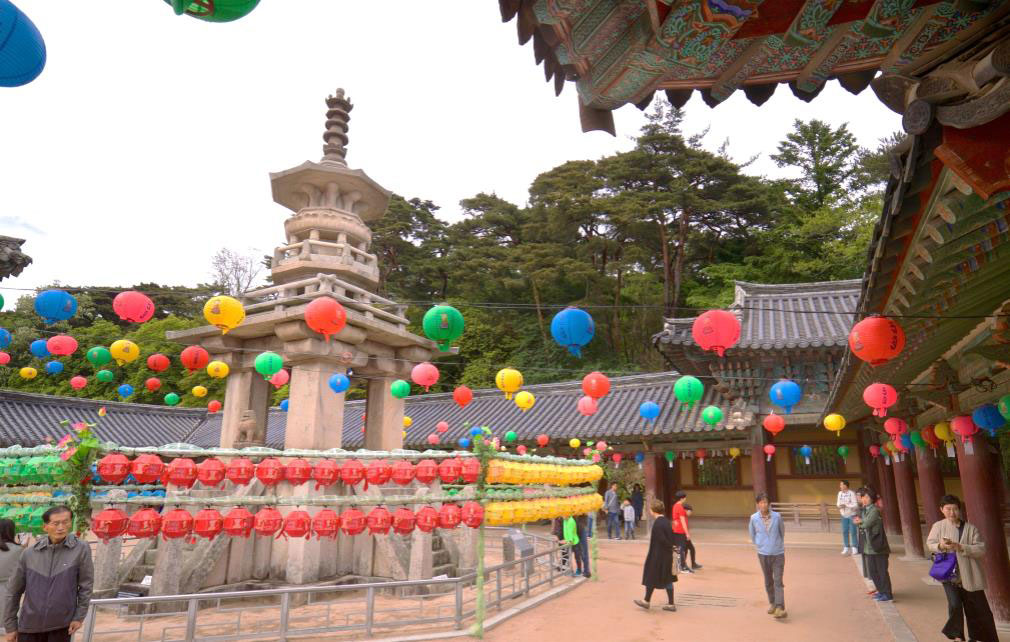
Bulguksa Temple is a representative relic of Buddhist culture from the Silla kingdom. The temple was built to wish for peace and prosperity for all.
The temple now holds seven national treasures and a number of additional important heritages and was designated a World Cultural Heritage Site along with the Seokguram Grotto by UNESCO in December 1995.
More InformationHwangridan-gil


Hwangridan-gil is an alleyway called “Hwangnam Big Road” and is a popular place for young people because of the concentration of traditional hanok (a traditional Korean house with wood-frame construction)- style cafes, restaurants, and photo studios.
You can experience a lot of things at Hwangridan-gil, such as pottery, drawing, and crafts, but we paid attention to fortune-telling machines. You also can try Ingeolmi (Korean rice cake made by steaming and pounding glutinous rice flour) Ice cream with colorful ingredients.
More InformationDonggung Palace & Wolji Pond
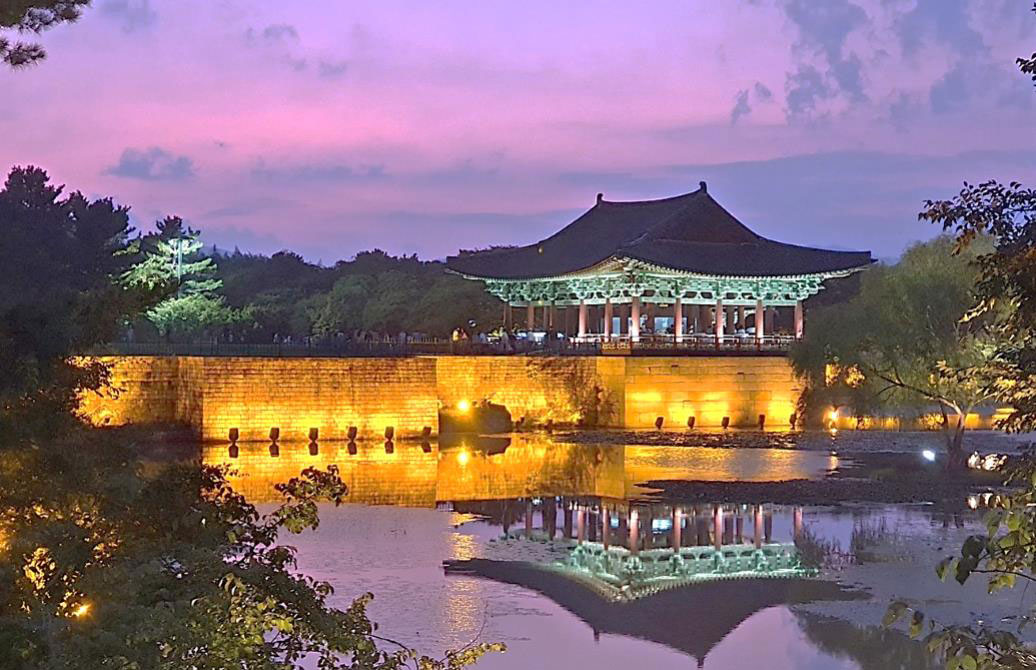
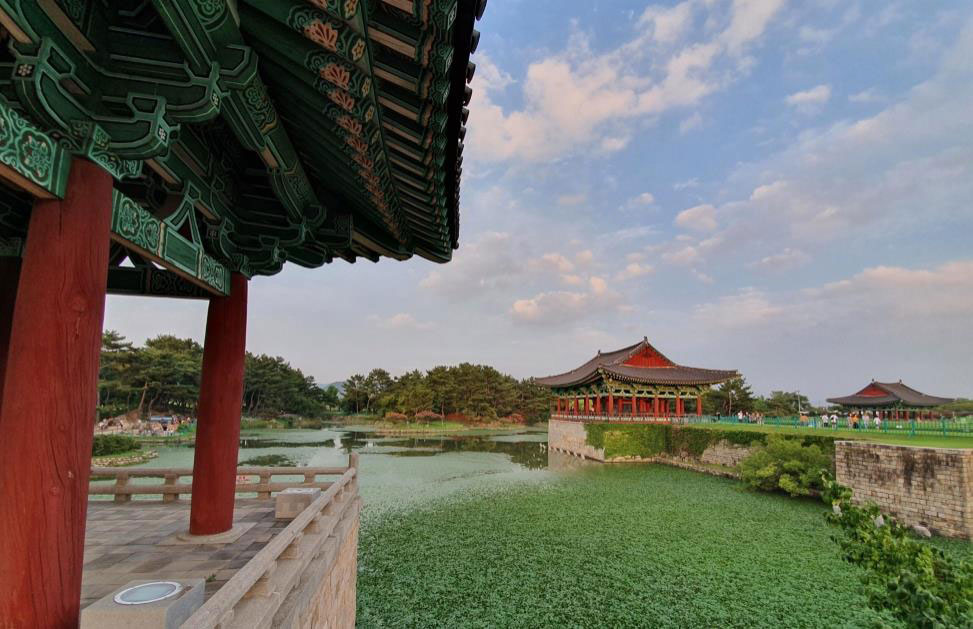
Gyeongju Donggung Palace and Wolji Pond was a secondary palace used by the crown prince of the Silla Kingdom. It also served as a banquet site for important national events and important visitors.
It shows the outstanding landscape architecture of the Unified Silla people who made the narrow pond feel as wide as the sea. The night view is very beautiful.
More InformationGyeongju National Museum

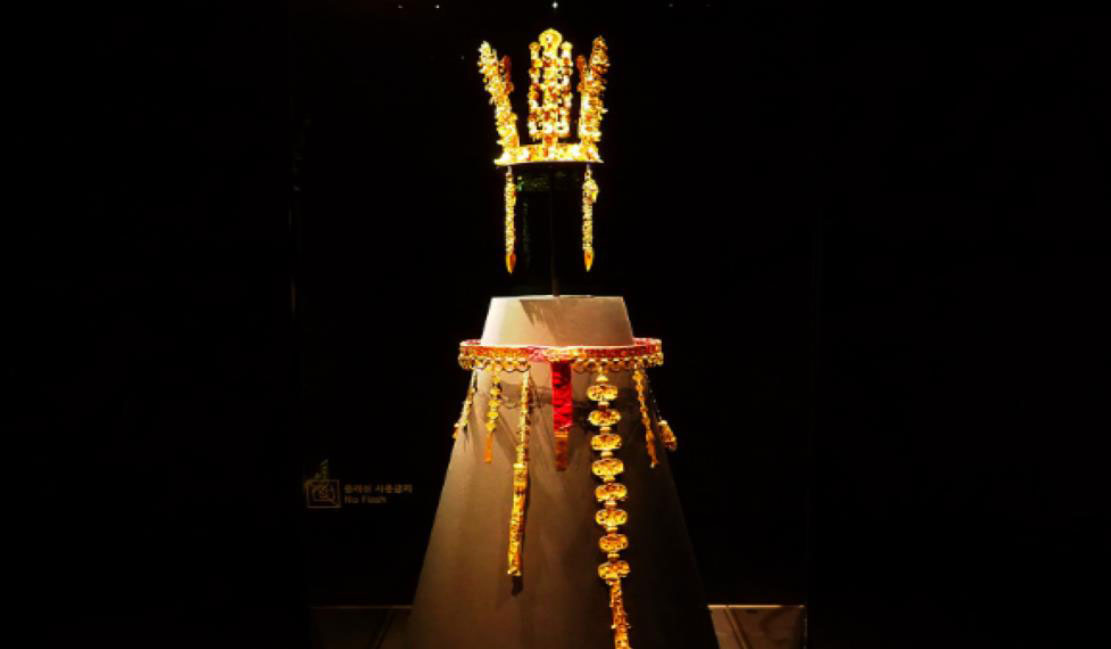
Gyeongju National Museum is one of Korea's leading institutions specializing in the cultural heritage of Silla. Situated within the historic part of Gyeongju listed as a World Heritage Site by UNESCO, it lies close to some of Korea's major historical attraction.
The museum offers three permanent exhibition halls including the Silla History exhibition hall, Silla Art exhibition hall and Wolji exhibition hall, as well as a special exhibition hall. The outdoor exhibition area displays major Silla heritage items.
More InformationWoljeonggyo Bridge
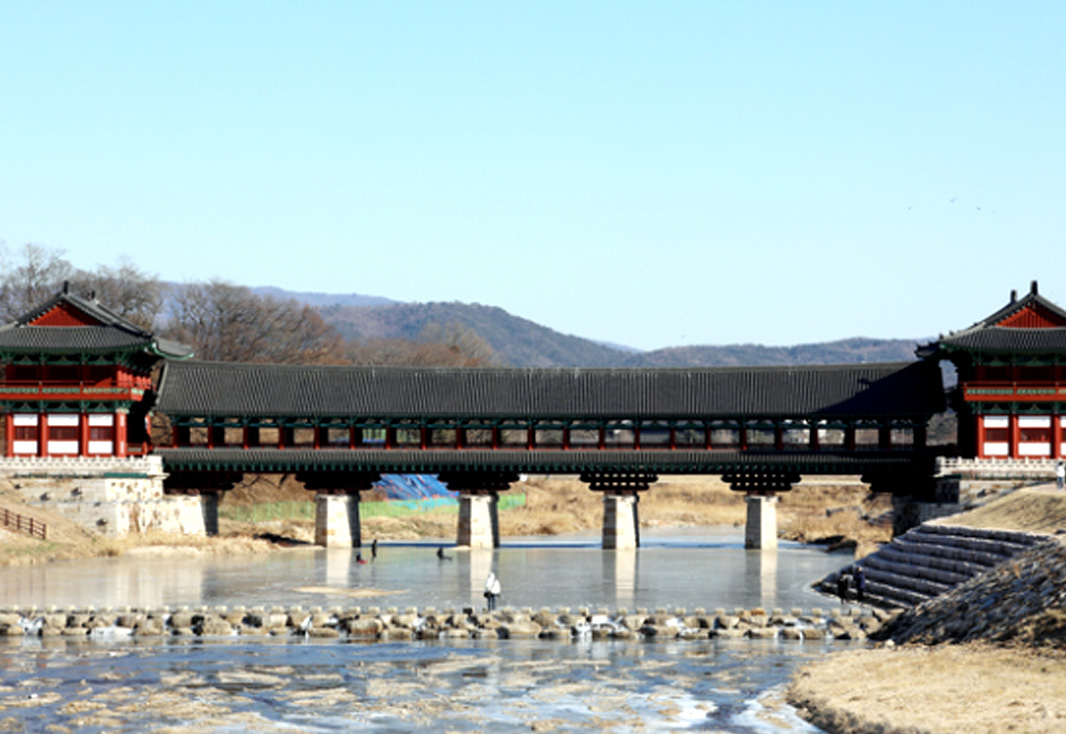
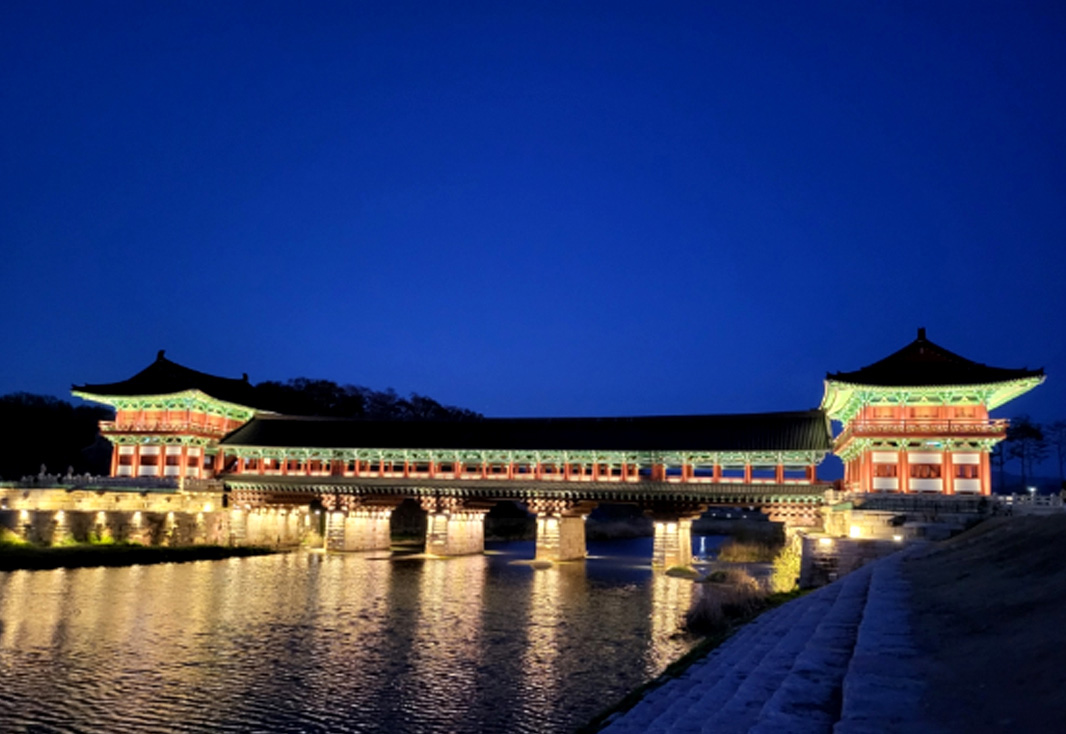
Woljeonggyo Bridge, located in Gyo-dong, Gyeongju, was built during the Unified Silla period (AD 676-935), but was burnt down during the Joseon dynasty. Through historical research, the bridge was rebuilt in April 2018 to become the largest wooden bridge in Korea. According to Samguk Sagi (History of the Three Kingdoms), the bridge was built during the 19th year of King Gyeongdeok’s reign (AD 760), connecting Wolseong and Namsan together. The historical research to rebuild the bridge lasted from November 26, 1984 to September 8, 1986, finding that the bridge was made with wood for the first time. The first rebuilding of the bridge was from 2008 to 2013 and the finishing touches were added from April 2016 to April 2018. Through this research and rebuilding process, future restoration of historical buildings have a better reference to use.
More InformationFor more information on Gyeongju tourism, please visit the following website.
Andong
Andong Hahoe Folk Village
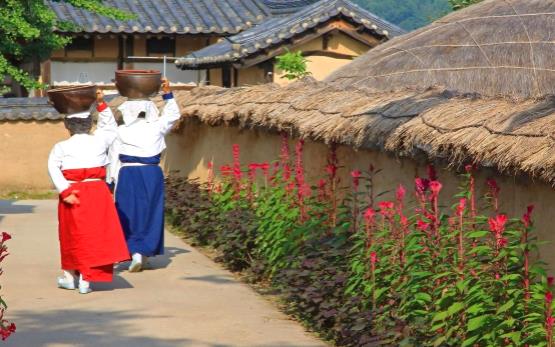

Hahoe is a representative village for one family where tile-roofed houses and thatched roofed ones have been quite well conserved for a long time. The reason for the village name Hahoe (Ha means a river and Hoe means turning around) was that the Nakdong River flows around the village in an S shape.
Hahoe Village, which is listed UNESCO World Heritage, has conserved Hahoe Byeolsingut Mask Dance Play performed by the public in general. The village conserves many cultural heritages which show Korean traditional living cultures and ancient architectural styles.
More InformationByeongsan Seowon (Confucian Academy)
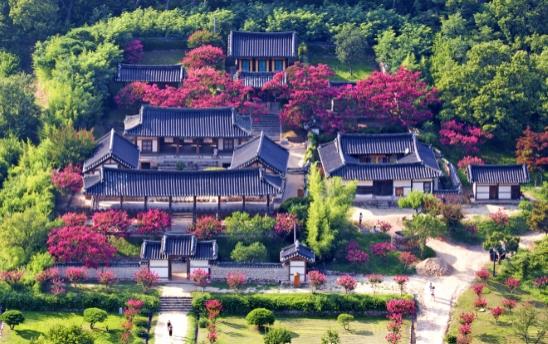
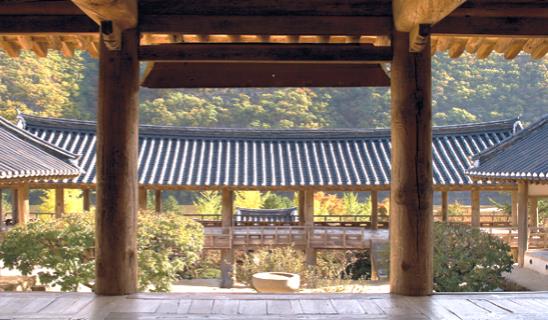
Byeongsan Seowon is an educational institution established in the Joseon Dynasty based on the philosophy of Neo-Confucianism. It was already listed as a UNESCO World Heritage Site as a part of ‘Historic Villages of Korea: Hahoe and Yangdong’ in 2010, even before it was given its own world heritage status as a Seowon.
The Byeongsan Seowon is a good place to take pictures facing Mt. Byeongsan, spreading straight and wide like a folding screen. Byeongsan gets more attractive the more you look at it. It feels like its own, self-contained space, enveloped and cut off from the rest of the world by the mountain.
More InformationFor more information on Gyeongju tourism, please visit the following website.
Seoul
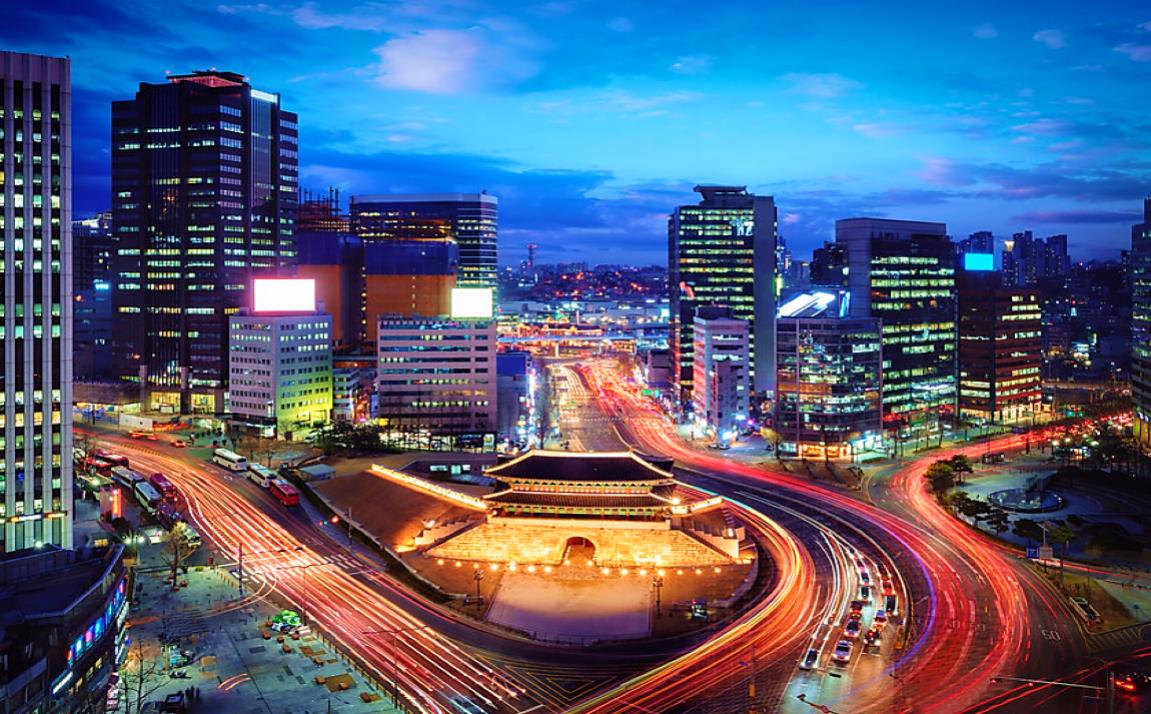
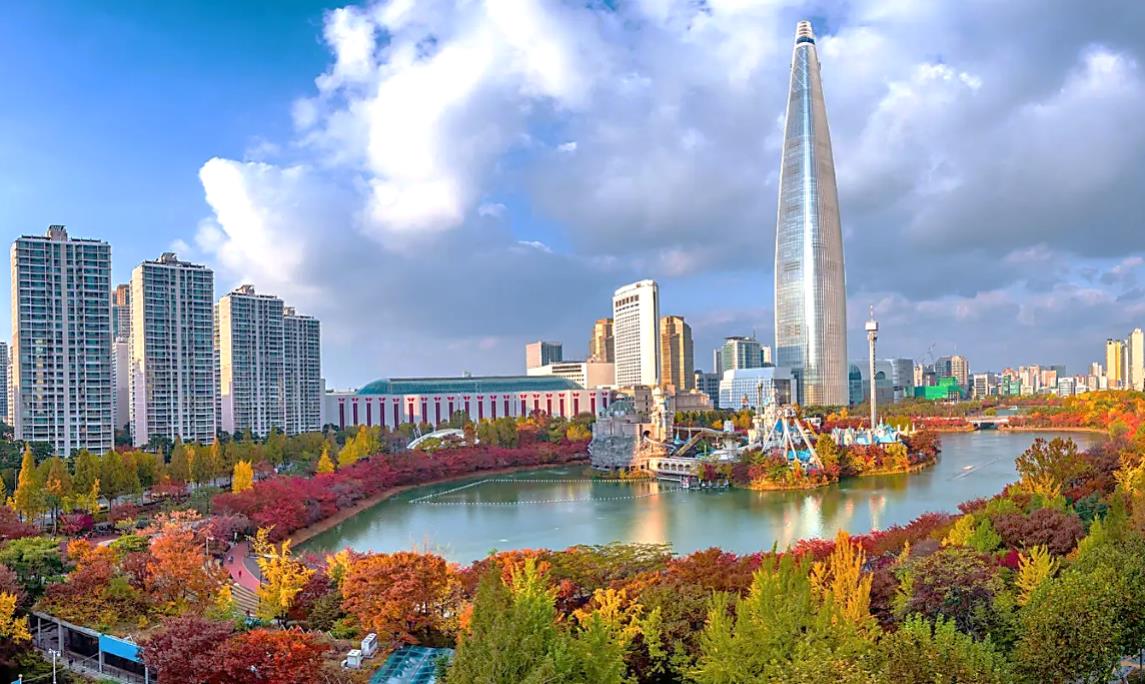
Seoul is the capital and largest city of Korea. It is a lively and interesting city, a clever combination of ancient history and ultra-modern design and technology.
The city is full of all kinds of tourist attractions, from outdoor adventures such as exploring Namsan Mountain and its surrounding parks to indoor fun such as visiting one of Seoul's many museums.
Seoul is also famous for its mouth-watering street food, Korean specialties such as K- barbecue, and food with luxurious dining options.
For more information about your trip to Seoul, click the links below.
Busan
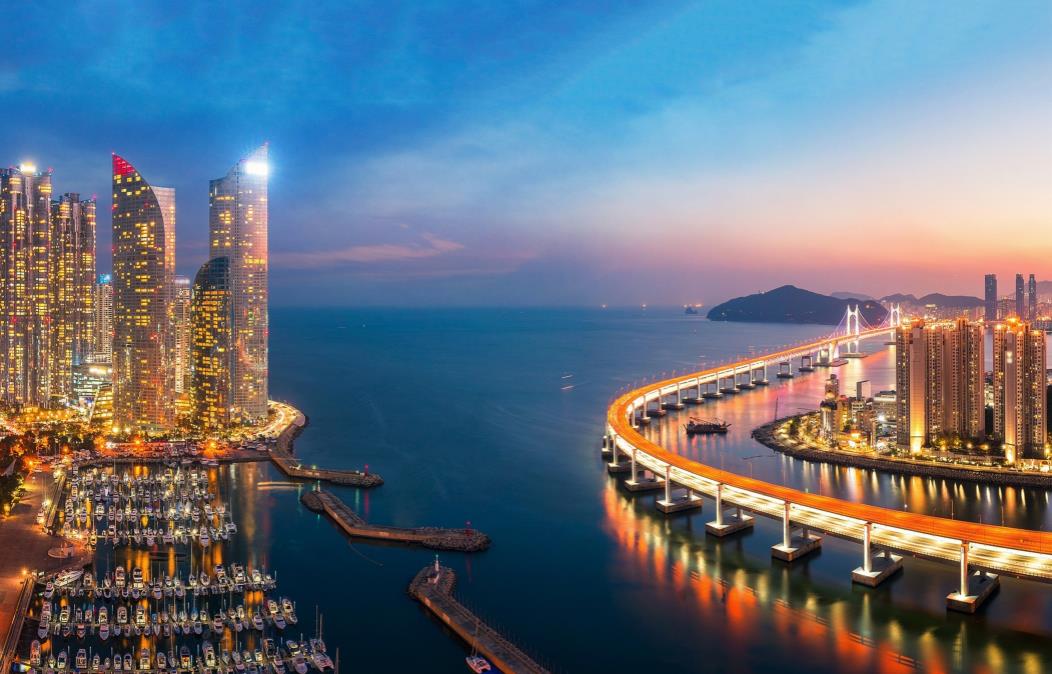
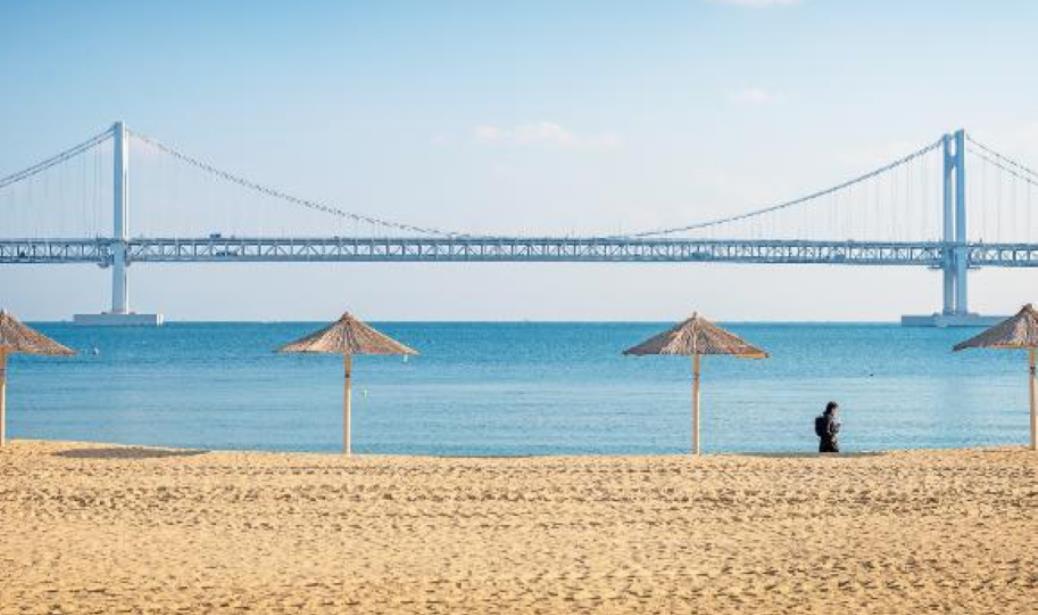
Busan is the second largest city in South Korea, after Seoul. It is located at the southern end of the Korean Peninsula.
From the mountains to the coastlines and everything within the city itself, Busan is a city that requires multiple trips just to be able to experience it all. It offers the largest seafood market, and this South Korean port city even has some of the most vibrant beaches in the country.
Busan is also famous for its 4-floor, all-encompassing department store. Officially the largest department store in the world, it offers the hottest brands, the finest foods and numerous entertainment and relaxation options like aquarium, indoor ice rink, etc.
For more information about your trip to Busan, click the links below.
Jeju Island
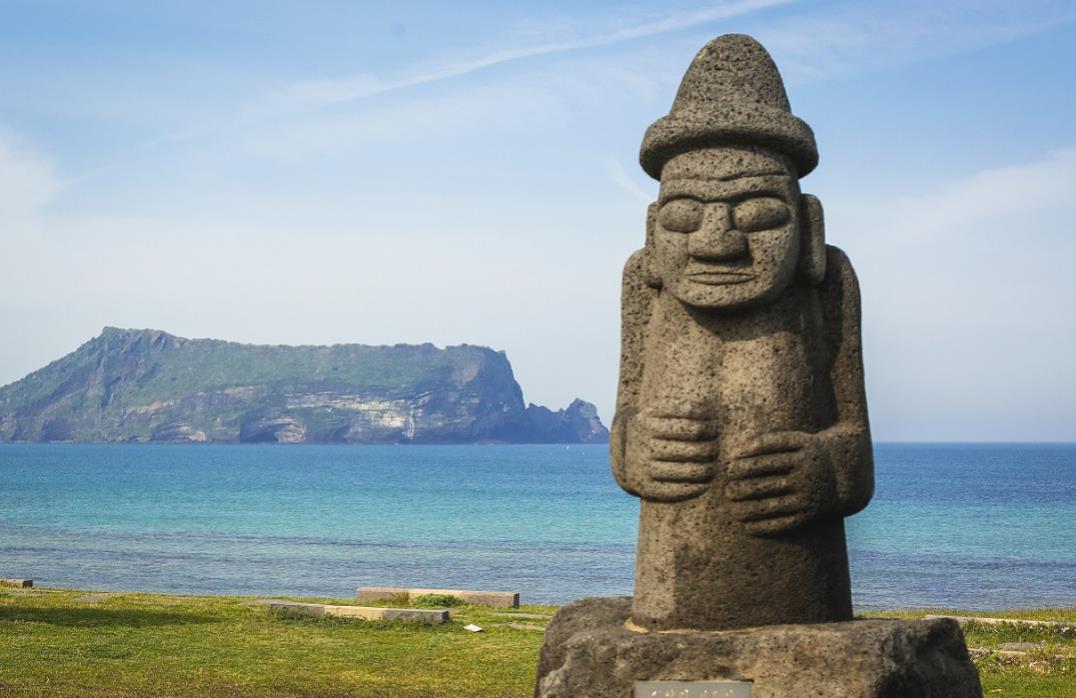
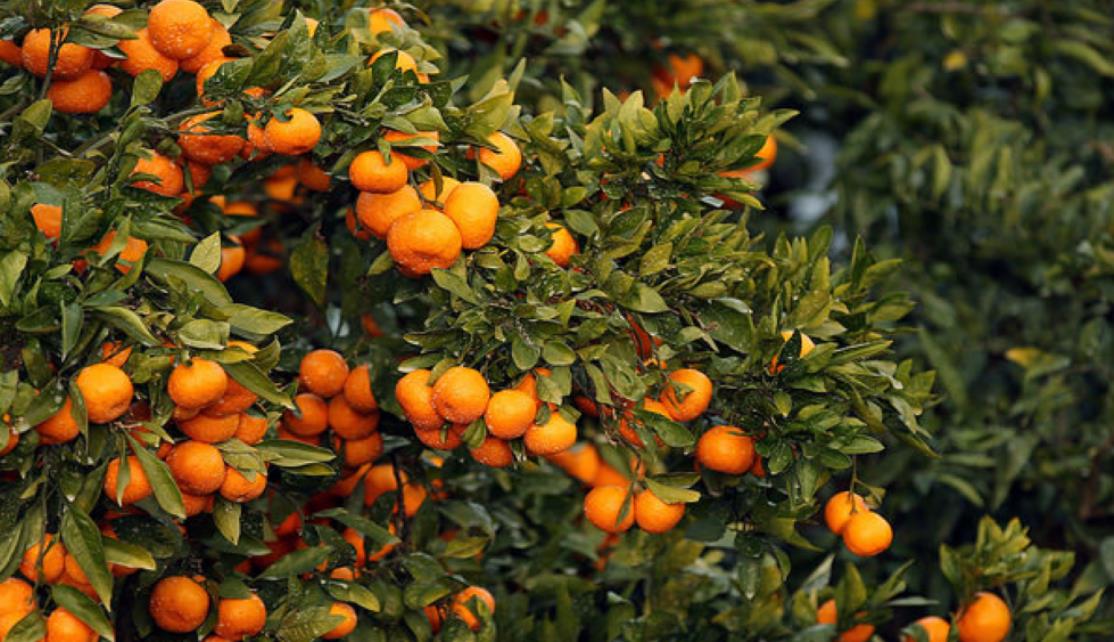
Located southwest of the Korean Peninsula is the largest island of Korea, Jeju Island. The island is one of the most relaxing vacation spots found in Korea thanks to its unique local atmosphere and beautiful natural environment. The volcanic lava tubes that make up nearly 10% of the island’s area are a designated UNESCO World Natural Heritage Site.
You can have a n interesting experience in Jeju by visiting Play K Pop museum, and the Osulloc Tea museum which features a teacup gallery, roasting space, and a stone house where tea-tasting sessions are conducted.
For more information about your trip to Jeju, click the links below.